I’m sure you’ve heard this one a dozen times: professionals shoot in manual mode.
It’s true, pros do use manual mode. They also use aperture priority, shutter priority and — dare I say — some might even use program mode from time to time.
What people are really trying to say when they say pros shoot manual is that pros shoot exclusively in manual mode. The thing is, most don’t.
The idea that manual mode is always the best choice is a myth. Below I will present to you three reasons why manual mode isn’t always the best mode and three ways in which other shooting modes get the job done.
Manual Mode Means More Adjustments
Each time you want to shoot a new scene you’ll have to change settings. In a controlled environment (studio work) this won’t be a concern. You can just dial in your settings and shoot away.
When you’re working in an environment where conditions are changing quickly or when you’re consistently moving from one place to another, you want to be able to concentrate on getting the shot. Unless you’re a master of shooting in manual, constantly having to change settings can be a distraction.
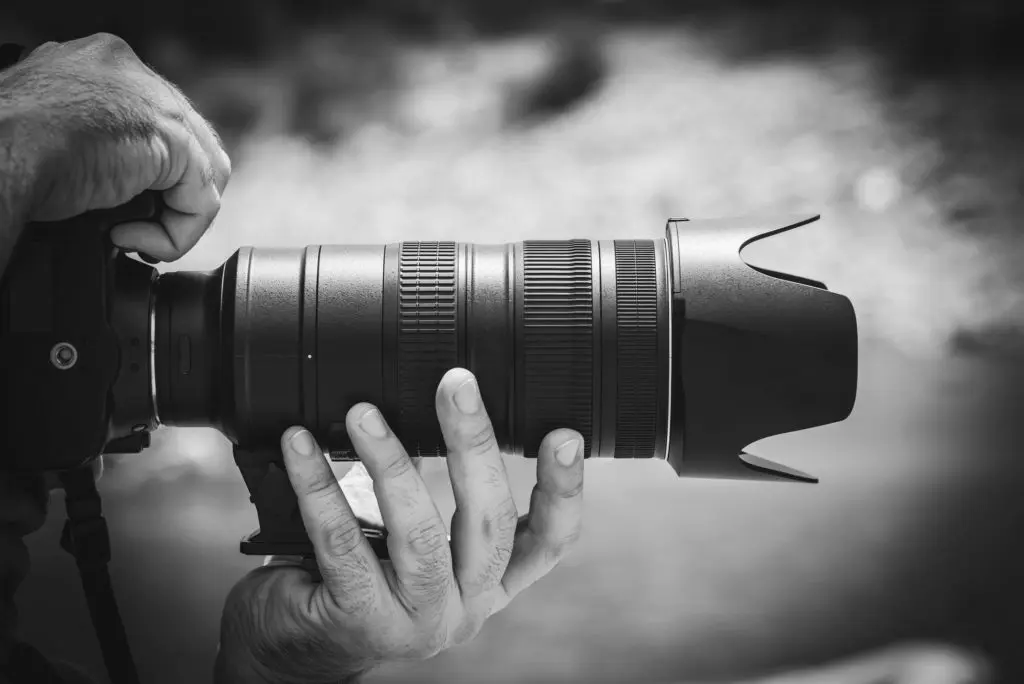
Manual Mode Means More Mistakes
Having to fiddle with your camera settings on the fly when you aren’t accustomed to working in such a manner can lead to mistakes — mistakes as simple as stepping out of the sun and into the shade and not adjusting your settings.
Will you be able to take the shot again? Maybe, maybe not. It’s not a risk worth taking, though. Whether it’s underexposure or overexposure, unintended motion blur or not enough depth of field, these relatively easy to make mistakes are made that much easier when you insist on shooting manual in certain situations.
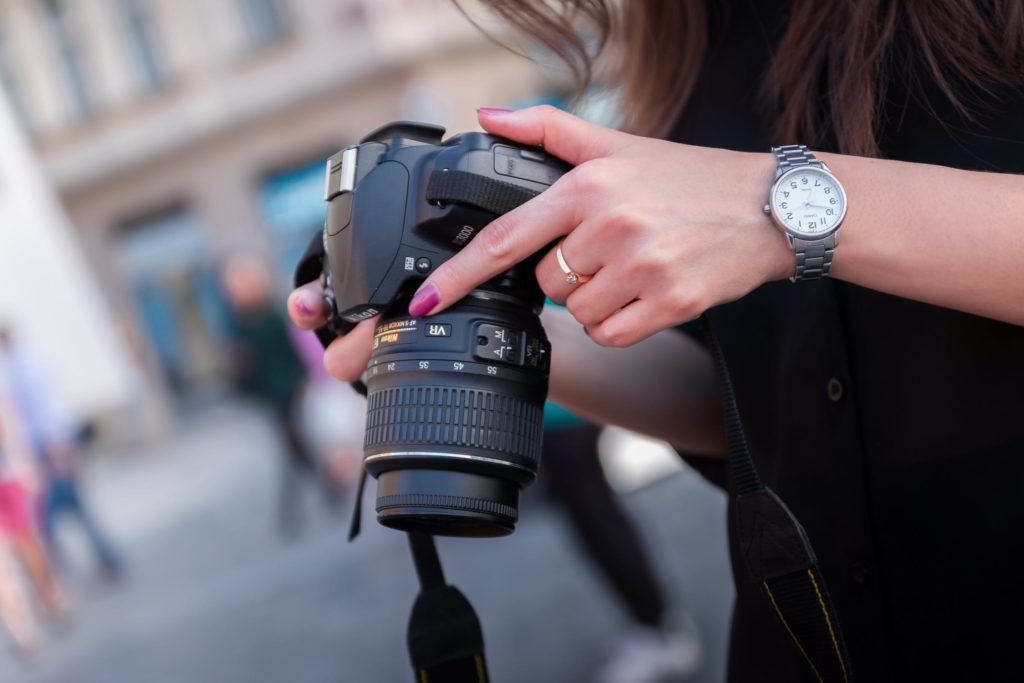
Manual Mode Means Taking More Time
If you favour speed and simplicity when shooting, manual mode isn’t going to give you either of those.
This is, of course, a generalization. There are photographers who are highly adept at working in manual mode. This doesn’t change the reality of manual shooting, however — it can slow you down and cause you to miss shots.
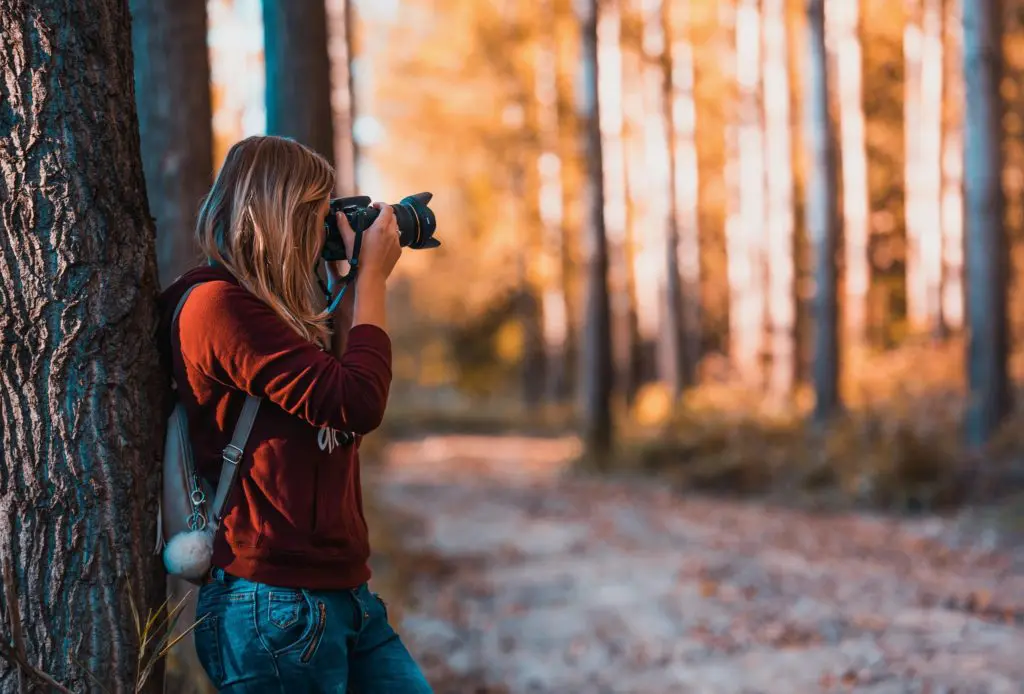
Aperture Priority
Aperture priority is the go-to mode for many photographers, professional or otherwise. In this mode, you control one setting — aperture.
Set this according to how much or how little depth of field you want. If you’re shooting portraits, you’ll probably want shallow depth of field, so set a larger aperture. If you’re shooting landscapes or architecture, more depth of field will be preferable.
In either case, you set the aperture and let the camera take care of the rest.
One of the drawbacks of aperture priority occurs when the light gets low and the camera selects a shutter speed slower than you want, which can introduce motion blur or camera shake.
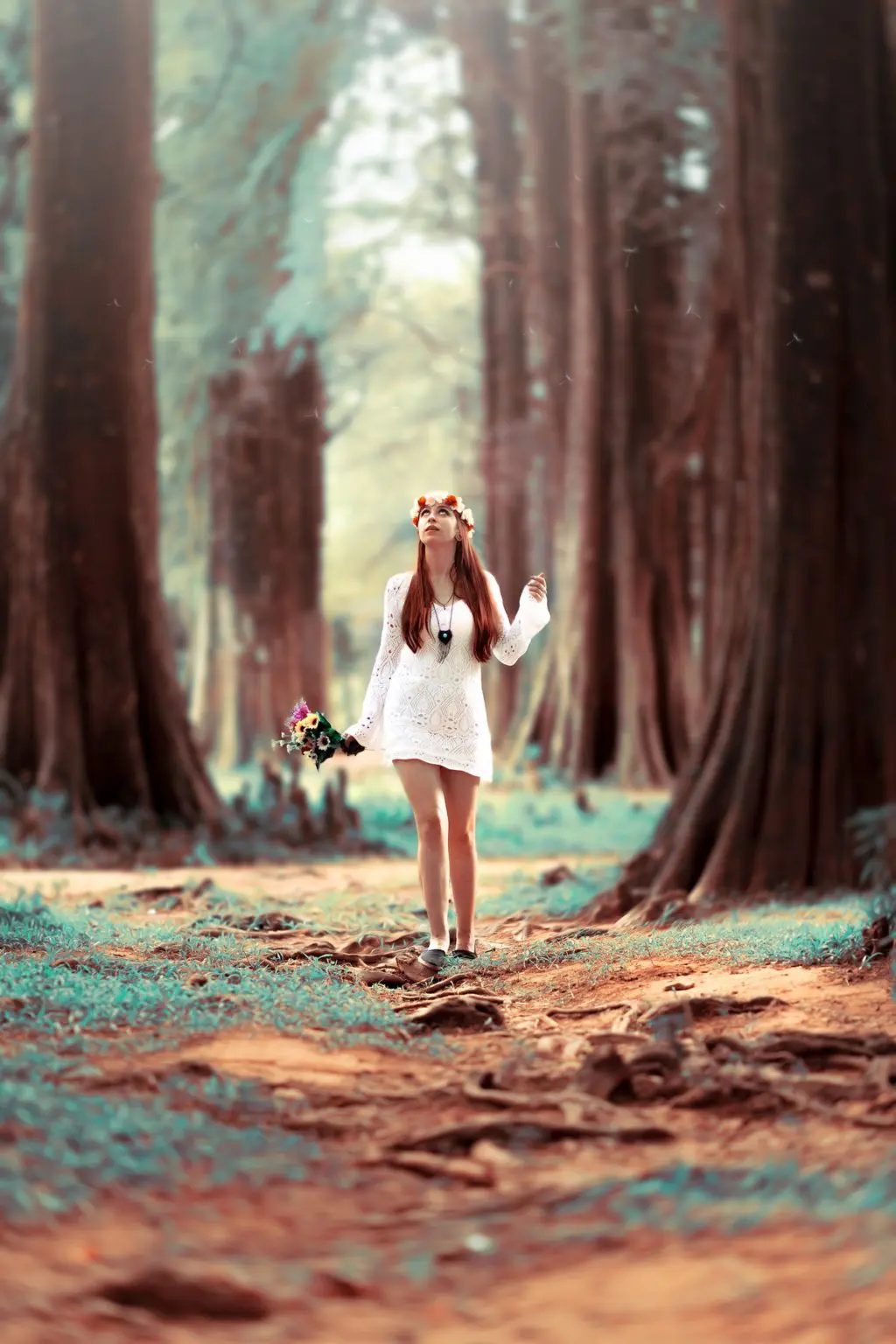
Shutter Priority
In this mode, you dial in the shutter speed you want and leave the rest to the camera.
Shutter priority is especially effective in rapidly changing situations where motion matters, such as sports and street photography. Most of the time the goal is to freeze motion, so you’ll usually want to use a shutter speed anywhere from 1/200th of a second to 1/500th of a second, depending on how fast your subject is moving.
One downside of using shutter priority is that you can’t control depth of field. If the camera has selected a large aperture it’s still possible to get blurry images because not everything will be in sharp focus.
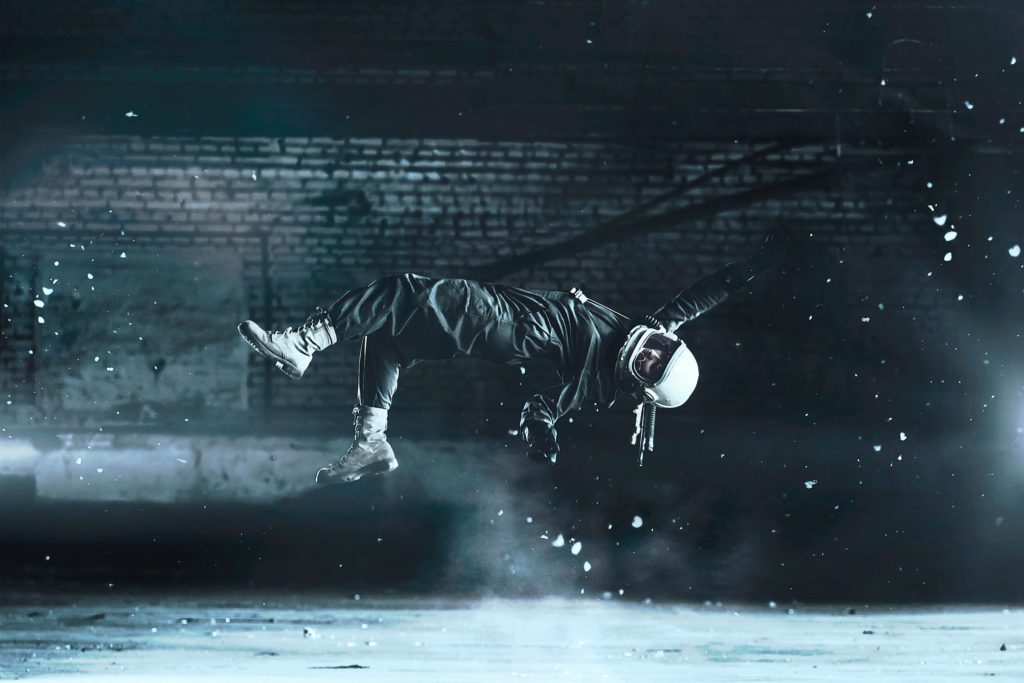
Program Mode
Don’t confuse program mode with full auto. Unlike full auto, program mode still allows control over ISO — hence, why program mode is sometimes referred to as ISO priority.
While program mode selects both shutter speed and aperture, it still allows you to override either setting if you need to. Program mode, in short, works by attempting to maintain a consistent exposure from scene to scene.
Program mode might be the way out of full auto for some photographers, but it can be useful to even seasoned photographers who want to focus primarily on getting the shot and getting it as quickly and simply as possible.
Final Thoughts
All photographers should learn to shoot in manual mode; it’s the single most powerful mode on any camera, as you can do absolutely anything you want with it.
But manual mode isn’t always the best mode to use. Program mode, shutter priority and aperture priority each make capturing shots in various situations far more efficient than manual mode.
The fewer technical parameters you have to concern yourself with, the more you can connect with your subject. There are times when this matters more than being able to boast about shooting exclusively in manual mode.





30 Comments
I totally agree! I used to be one of those Manual only photographers. But since then I started to have so much better work with aperture and shutter priority mode. I like the aperture one the most, but anyway.
I think it’s a great idea as a beginner to also practice on manual to experience all aspects of photography and learn. As soon as you have mastered those skills, go into the other modes with a lot of appreciation for them.
Cheers
Fred
It took me a long time to move away from M … but what really makes it possible to use these other modes is shooting in raw format.
I think this makes perfect sense to me. I have always had this issue of doing things the right way and listening to videos that manual mode is always the way to go. So I struggle to get the settings set and lose the photo. Also I hear that if I shoot in P mode I am not doing it correctly.
Thanks for the support.
Completely agree. Always been an advocate of learn the basics on a fully manual camera. Become familiar enough with exposure and what aperture and shutter speed and iso control actually do, and then start to use the other exposure control settings. A bit like using a calculator before knowing how to do the maths to start with – you need to know your answer will be about right before hand to ensure you keep your mistakes to a minimum !
This debate has ignored one basic issue. Mode depends upon the image situation. Certainly landscape might be done interestingly in manual or aperture priority or … even auto. But catching birds in flight or race cars or building demolitions demands shutter priority. Learning to shoot in manual mode is great for learning the skills of photography and for developing situational intuitions and intuitions then leads to other techniques.
I can’t agree more. When I used a Canon DSRL I mostly shot in aperture priority mode. In 2016 I went over to Fuji (XT-2) and somehow all manual seemed to be the way to go, which is also easier with a mirrorless.
So for more than a year I shot in manual mode, but I did think I lost time doing my settings. So some months ago I started using aperture priority again and really love it.
You do need to keep an eye on your shutterspeed in darker situations as you mentioned in your article.
Touche~ I use manual most times, but there are times when you do not have the time to calculate settings. I like to shoot spur of the moment of wildlife, children playing etc. and being on auto is handy. Thank yu for making me feel better
Glad I took the time to read this. It was a nice reminder for us newbies learning manual and trying to use only that all the time! I learned about the other modes but never think to use them when I’m in a hurry so I appreciate this article.
Succinct, but well thought out. Thank you. I am normally an outdoor, changing situations photographer and feel ‘validated’ by this Aperture Priority is my go to. I have had less experience with Shutter priority and inconsistent results, but see the situations where I need to master it, too. I agree with Frederic’s comment above. I did not start with learning Manual mode and might do better if I had that under my belt. There is still time.
I set manually the aperture and the shutter speed and let ISO to be aitomatic up to 8000. Fortunate ly, my camera allows for this and i have a full exposure control
I know how to use manual, but I find it time-consuming and sometimes awkward. Aperture has always been my go-to mode.
John
Jason, it’s like all the other “rules” of photography – there’s no “one size fits all”.
What you are saying here, is just as true with auto vs. manual focus, the “rule of thirds”, flash/artificial vs. natural/available light, long exposure vs. freezing movement, and any other “blinkers” on creativity.
That said – you are taking the discussion further – and telling readers HOW to make creative choices (in the context of mode settings).
As a landscape shooter, I almost exclusively shoot in Av mode. Occasionally I hop over to M or Bulb for my LE work, but that’s it. Av and brackets, it just works.
Thank you for confirming what I thought, with today’s technology in cameras I couldn’t see why you should shoot in manual all the time. I prefer AV mode but sometimes go P ready for an unexpected opertunity
I remember being booed and jeered on one forum when I said that manual mode does not make sense when shooting weddings unless you have the flash on and that I shoot mainly Aperture Priority when not using a flash.
I could not believe how they could not see the logic behind aperture priority being the best way to shoot events.
Then again, I fingered most of them are probably hard core Apple users too.
I mean, real professionals only use Apple, right? 🙂
Very good article.
I’m a travel and commercial photographer who shoots with a photojournalistic style. I have been a manual shooter for several years, and recently tried moving away from it for some of the reasons mentioned here (but primarily too many things to be constantly adjusting on the fly). On the rare occasion that I shot with a film SLR (just for fun) I found it refreshing because I didn’t (and couldn’t) keep adjusting the ISO. So I tried aperture priority, but had crucial shots blurred by the camera picking too slow a shutter speed. I tried auto ISO but found the camera boosting the ISO too high (and grainy) when I was trying to get a dark and moody shot.
Eventually I moved back to full manual. I usually decide on an aperture beforehand for a series of shots (wide open for people, stopped down a few clicks for food or cars, or around f/8 for landscape or architecture), and in a variable situation, choose an ISO setting of about 400. After that, I’m really controlling exposure mostly with the shutter speed. This way, I rarely get shots that I can’t fix in post. It’s almost like shooting on shutter priority, but it keeps me aware of the other settings, and lets me quickly change ISO or aperture if I absolutely have to.
I used shutter priority when I was shooting an airshow with a zoom (70-200) lens during the aerial portions of the show. I used manual for the static display shots otherwise. Good article.
This article was straightforward and I consider it as a validation to my own practices. When I am ‘on the go!’ And wish to quickly capture a moment in time I don’t want to have to figure out what iso, aperture, and shutter speed combination, AT LEAST INITIALLY!
This is particularly true with my digital alt and with my iPhone. After at least glancing at the photo I just captured I might tweet it by retaking that photo or creating another one and getting more creative by dialing into another shooting mode.
Mirrorless through the electronic view finder. WYSIWUG
Taking photos of small birds in dappled light, to dark light, to bright light in manual may only be done by the super hero Flash(pun intended) Otherwise I’ll use auto as well as aperture mode.
I started using Auto then decided to experiment with the Manual Mode by shooting the scene in Auto then switching to Manual and seeing if I could get exactly the scene I wanted by adjusting my settings manually. After a short time of this, I left the Auto Mode alone unless in a situation where I didn’t have a clue how to set the camera to get a good image with only one chance to get the image.
At last someone talking sense about this subject. In my experience, as a professional for over 40 years, manual mode is really only useful in the studio.
When you have all that computing power at your disposal use it!
I think it’s essential to learn how to use manual mode. That way, you understand what apertures and shutter speeds are all about. Once you’ve grasped that, I don’t see a problem with using a bit of assistance.
The main thing, though, is understanding what assistance you’re getting. So you need to know what effect different apertures have. You need to understand what effect different shutter speeds have.
As an aside, I disagree with this comment about shutter speeds:
“Most of the time the goal is to freeze motion, so you’ll usually want to use a shutter speed anywhere from 1/200th of a second to 1/500th of a second, depending on how fast your subject is moving.”
A lot of this will depend on what lens you’re using. If you’re using a really long lens to capture a bird in flight, for instance, that 1/500th isn’t going to have the same effect as it would if you were using a 50mm prime lens.
Absolutely agree! I’ve trained hundreds of photographers on the exposure triangle and shooting in manual/shutter/aperture priority modes but always end the session with how I normally shoot in Program mode (with Auto ISO maxed @ 3200, shutter set for min 1/30, doing exposure compensation) – switching to M/Shutter/Aperture only if I really need a specific shutter speed or aperture.
As you say, important to understand the basics, just like learning scales on a piano, but not letting them tie you down.
Reminds me of visiting the Picasso museum in Barcelona. His early work was strictly classical painting – then he took off from there!
Bravo for this – thank you!
I use manual mode most of the time if the light is constant. Otherwise I use manual mode with auto ISO.
If the light changes, my ISO will change instantly without changing my shutter or my depth of field. I have set limits for how high my ISO can go.
If the image is too bright or too dark due to a white or dark subject in my foiled of view, I can set my correct exposure by using exposure compensation.
This gives me the best and quickest adjustment without taking my eye off the viewfinder even.
There are also times such as using flash when controlling the ambient light with manual flash is mandatory.
I shoot in whatever mode makes the most sense for the situation I’m in. I will sometimes shoot a wedding using a mix of AUTO, Program, AP and SP modes. Especially when getting the shot is more important than the process. I do like to shoot in Manual when doing studio portrait work because I can take my time to think about the shot and process. The reward from shooting Manual is the satisfaction of working through the process.
Thank you for updating this informative piece and for taking the guilt out of shooting in anything but Manual. 😉
I agree with the contents of the Article. I take most of my photos in Aperture Priority. This applies to any Events, Outdoor Model Shoots etc. I rarely use Shutter priority.
I also use Manual Mode when I am not running around taking photos. This would apply mainly to taking photos of static objects, such as Landscapes, Nature shots of flowers, Night shots of Car light trails and buildings. etc. In some of these cases I would be using my Tripod. I would be using my tripod for all night shots.
Thanks for sharing the article
I’ve been a pro photographer for 50odd years and started with a wooden full plate camera 🙂 Obviously, manual only applied. My world was reversed: I knew nothing but manual and had to learn about the benefits of aperture or shutter priority mode. These days I use manual only in the studio or if I set up a tripod to capture longer exposures. Otherwise I mainly use aperture priority (I don’t do sports photography so there is rarely a need for shutter priority) but I will say I always set the ISO manually. I’m exclusively a RAW shooter and only use Leica cameras (SL, QP, SL, M10
I started with a simple camera to learn the basics .Than I took a corresponding course from N Y P . I also bough a Hsselblad camera totally manual I did all my work in a dark room for printing .Then came digital cameras , and I bought a
D S L R with all the bells an, whissels which I had to really get used to, because it felt so much like cheating .Today I do a lot of portraiture using flash and manual other then with focusing.In the field I use aperture priority . To be honest I still miss my film camera .
I do not agree, if we already know that we will make photos as we wish in every situation and use a light meter, then shooting with manual mode will not be too much of a hassle.
I often use Aperture priority and it is very helpful in every situation to capture every moment, we only need to determine the Aperture and ISO, the rest the camera will help us, point and shoot
But shooting with manual mode does not have to be complicated